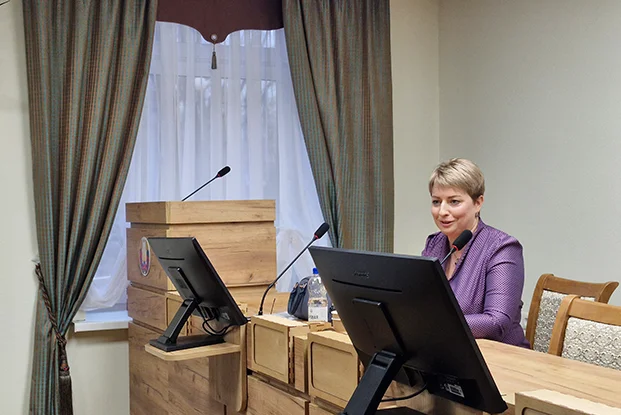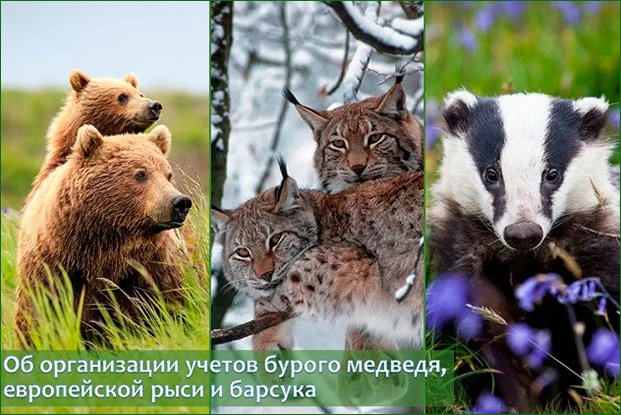
Since 2021, scientists from the National Academy of Sciences of Belarus have been conducting scientific work to assess the current state of the populations of bears, lynxes, badgers, and subsequently develop plans for managing the populations of these species of wild animals.
Thus, in 2023, the number of European lynxes amounted to 1,315 individuals, and in general, a positive trend in the change in the number of this species is noted in the republic.
The lynx population census is carried out by users of hunting grounds of the system of the Presidential Property Management Department of the Republic of Belarus, the Ministry of Forestry, the Republican State and Public Association “Belarusian Society of Hunters and Fishermen”, the Ministry of Emergency Situations, and other users in accordance with the procedure and technology for its implementation, determined by the Methodological Guide for census of the European lynx in the conditions of Belarus, developed by the State Scientific and Production Association “Scientific and Practical Center of the National Academy of Sciences of Belarus for Bioresources” and approved by the Director General of the State Scientific and Production Association “Scientific and Practical Center of the National Academy of Sciences of Belarus for Bioresources” A.I. Tchaikovsky on November 29, 2019.
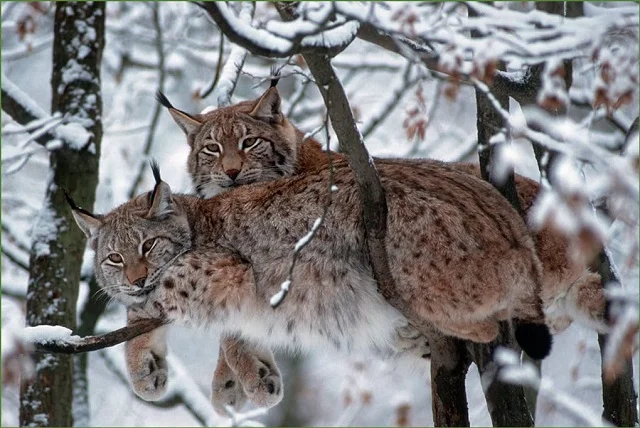
The positive trend in the population size of the European lynx that has developed in the republic as a whole is the basis for revising the category of national conservation significance of the species in 2025 – reducing it from category II to category IV of national conservation significance (during the preparation of the 5th edition of the Red Book of the Republic of Belarus and approval by the Ministry of Natural Resources and Environmental Protection of a new list of rare and endangered species of wild animals on the territory of the Republic of Belarus, included in the Red Book of the Republic of Belarus).
At the same time, due to the variable and small number of lynxes, which have not reached the optimal number (1520 individuals) and do not inhabit all suitable habitats, there are no grounds for excluding lynxes from the list of rare and endangered species of wild animals in the territory of the Republic of Belarus, included in the Red Book of the Republic of Belarus, established by the Resolution of the Ministry of Natural Resources and Environmental Protection of the Republic of Belarus dated June 9, 2014 No. 26.
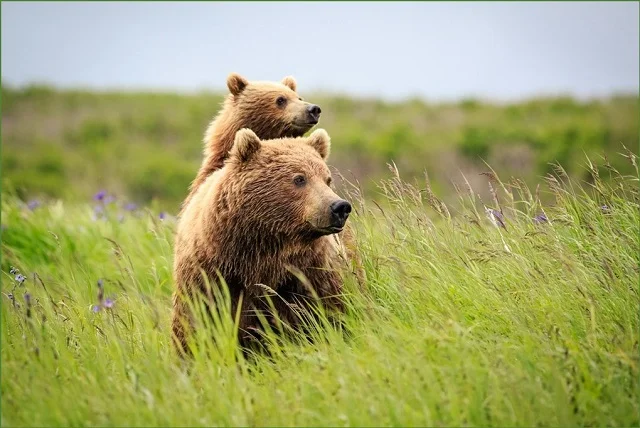
The number of bears in 2023 was 700 individuals and their distribution across the republic is uneven. At the same time, these numbers are based on the questionnaire method of accounting, which assumes large errors and is used to identify the main locations of the bear at the initial stage, followed by accounting using spring tracking and direct counting on oats.
In this regard, there is no reason to say that the population of this species has reached its optimal value, which would ensure the preservation of the species in the long term. At the same time, in combination with the biology of the species itself (minimal and slow growth of reproduction), unfortunately, the main threats that have a negative impact on the state (number) of the bear population remain relevant: autumn-winter hunting for fur animals and ungulates, especially driven hunting with the use of dogs, which leads to bears being raised from their dens and the death of cubs.
In November 2023, the State Scientific and Production Association “Scientific and Practical Center of the National Academy of Sciences of Belarus for Bioresources” developed and approved Methodological recommendations for census of brown bears in the Republic of Belarus, which will be used by users of hunting grounds to census this wild animal starting in 2024.
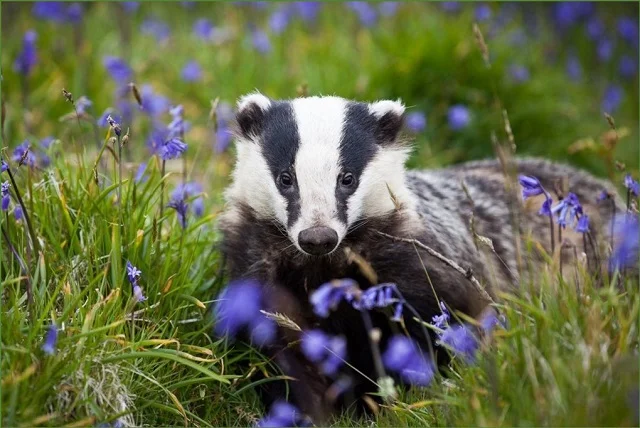
The number of badgers in the Republic of Belarus in 2023 is estimated on the basis of a questionnaire survey and data obtained from most administrative regions of the countries and is about 2,307 individuals.
As in previous years, the largest number of badgers was found in the Vitebsk region, where 56% of the Belarusian population of this species is concentrated. In the rest of the country, its numbers are evenly distributed (4 – 14%). At the same time, the density of the Belarusian badger population and the distribution of residential settlements are among the lowest in the species’ range.
At the same time, the data obtained indicate a significant improvement in the state of the badger population in Belarus in recent years – an increase in the level of numbers, there are fragments with the badgers fully mastering the ecological capacity. But in general, it is still in a vulnerable state: the badger is absent in a significant part of the country, local badger populations in about 30% of users are in a depressed state, and in 16% of all farms, the badgers are in a very threatened state.
Due to the variable and small number of badgers, as well as their absence in suitable habitats, it is inappropriate to exclude this species from the Red Book of the Republic of Belarus. The National Academy of Sciences of Belarus has proposed to include it in the next edition with a reduction in its conservation status from category II to category IV.
At the same time, we note that encounters between bears and people have become more frequent recently. This is due not only to the increase in their numbers, but also to the fact that people are increasingly taking over territories that used to belong to wild animals.
In order to resolve situations related to the discovery (identification) of a wild animal that may pose a threat to human life and health or is in distress, commissions for providing assistance to wild animals have been created in the republic under local executive and administrative bodies (basic level).
The commission representatives go to the place where the wild animal was found (detected) and, based on the current situation, make one of the following decisions regarding the wild animal:
- on capturing the wild animal. The captured wild animal may be transferred for maintenance to an individual, including an individual entrepreneur, or a legal entity with their consent, or released into its natural habitat;
- on harvesting the wild animal. The wild animal may be harvested if it poses a threat to the life and health of citizens or has injuries incompatible with life.
The decision is formalized by an act on the discovery (detection) of the wild animal and is the basis for taking response measures.
Thus, the local executive and administrative body is obliged to take the necessary response measures to eliminate the possible threat to the life and health of citizens associated with the behavior of a wild animal, as well as to provide assistance to it.





